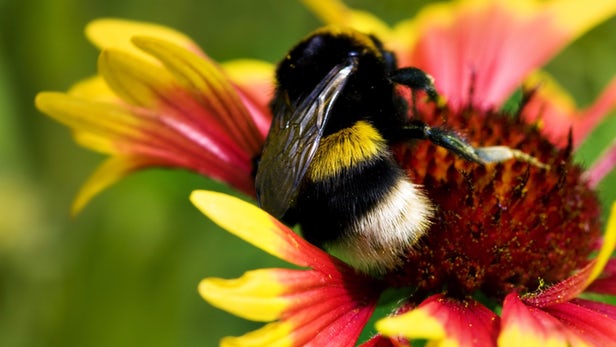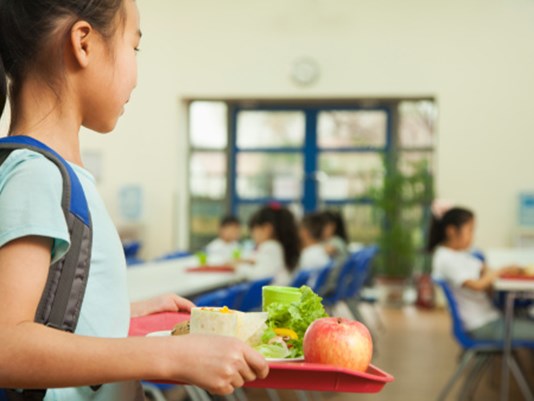While some researchers have been busy developing a possible vaccine to help humans beat their nicotine cravings, others have been getting bumblebees addicted to the stuff. But the experiment wasn’t just an exercise in getting the bees buzzed, it was an investigation into whether or not the drug could influence the insects’ ability to learn the color of flowers. Hint: It can.
They sure do love their bumblebees over at Queen Mary hooked on flowers. Researchers there have previously taught the pollinators how to push a ball around a playing field, and pull a string to get food rewards. In a further demonstration of how a creature with a brain about the size of a pin head can be trained to execute particular behaviors, researchers there used nicotine-laced nectar on artificial flowers to see if they could get the creatures to show a preference for one color over another.
So they laced blue flowers with a plain sugar solution and purple flowers with a sugar solution containing nicotine. They then set 60 different bees lose in their artificial garden to see how they behaved. Sure enough, the bees showed a clear preference for the nectar that was doped with nicotine in the purple flowers. Interestingly though, the bees were repelled by the nicotine-containing flowers if the concentration of the chemical was too high.
The researchers then reversed things: They laced the blue flowers with the nicotine solution and the purple flowers with the plain nectar. The bees continued to fixate on the purple flowers however, showing that they had associated the color with the reward, even if they could get a nicotine buzz by visiting the other flowers (pin-head-sized brain, remember?).
“Flowers typically reward pollinators ‘honestly’ with rewards such as sweet nectar, but nature’s trick box is endlessly resourceful, said professor Lars Chittka from QMUL’s School of Biological and Chemical Sciences. “Some plant species gain an unfair advantage over competing species by spiking their nectar with addictive substances, such as nicotine in tobacco flowers.”
While the experiment might seem a bit obvious – of course bees would prefer a buzz-bringing solution over plain sugar water – the researchers say it opens the door to wide range of future studies analyzing ways in which plants might out compete each other for the attentions of insects that can spread their pollen.
For More Information: Michael Franco

